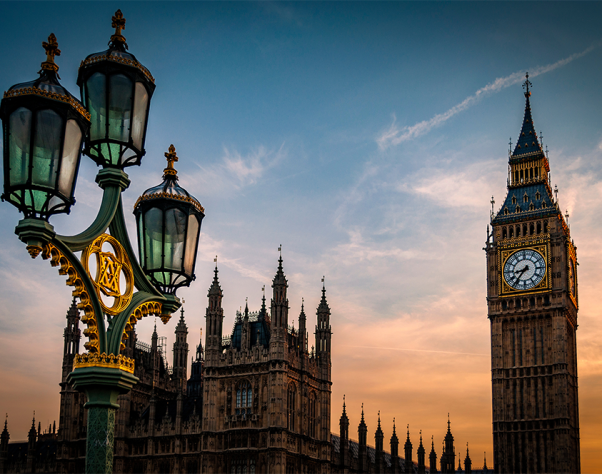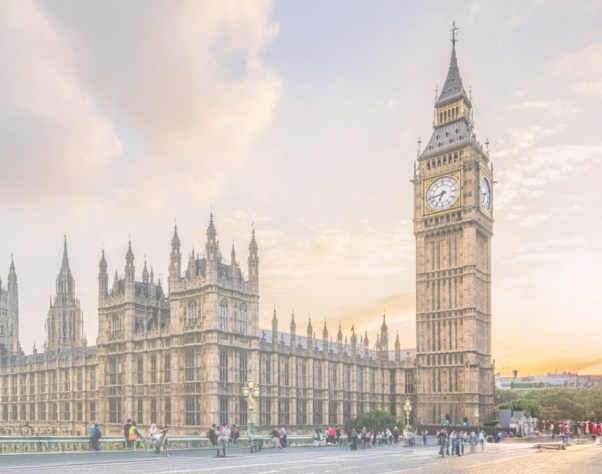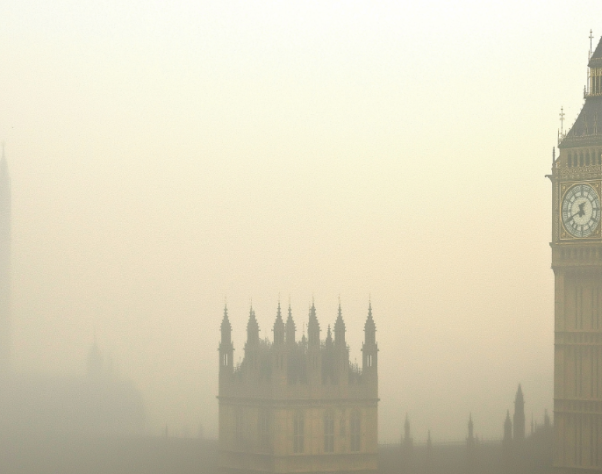Energy policy in South Africa: Making the case for (cautious) investor optimism
By Simon Shear, Account Director
Load shedding – scheduled power outages to manage chronic capacity shortages – has been a frustrating and costly part of South African life for nearly two decades. When Cyril Ramaphosa became president in 2018, many hoped victory for swift and decisive action to alleviate the energy crisis. Yet South Africa’s leading business daily recently informed readers that the financial sector is performing scenario planning for a grid collapse. Experts and officials assure the public that a total grid collapse is an outcome with a very low probability, but the fact that this topic is a serious point of discussion does not inspire confidence.
However, there is – or there might be – light at the end of the load-shedding tunnel. The government has implemented a programme of debt relief for Eskom, the national power utility, designed to control spending and free up capital for badly-needed maintenance. Renewable energy, driven in large part by private production, has become a national policy priority. A Minister of Electricity has been appointed in a transitory role with a simple mandate: to keep the lights on in South Africa.
Global investors are paying close attention to these developments. Eskom’s internal strife has gone from a matter of domestic interest to dominating headlines in the global financial press[1]. Even the president publicly admits that ending load shedding is a precondition of attracting foreign investment.
More positively, the Just Energy Transition Partnership, a financing agreement between South Africa and the United States, UK, France, Germany, and the EU to accelerate the country’s transition to sustainable energy has been hailed as a model for other countries. Its success or failure, hinging on the implementation of the recently unveiled Just Energy Transition Investment Plan (JET IP), will have important consequences for global climate financing.
However, many news reports take a short-term view. We look behind the headlines to provide the background you need to help make sense of the changing South African energy policy landscape and better understand the risks and opportunities involved.
Engineering a crisis: a history of paths not taken
The roots of the current crisis run deep. Load shedding was initiated under President Thabo Mbeki, and the situation has continued to deteriorate. Instead of developing a robust sustainable energy programme, the government invested in two major coal power plants: the ill-fated Medupi and Kusile stations – inefficient, subject to endless delays and massively over budget.
Stellenbosch University scholar Mark Swilling offers a damning timeline of missed opportunities. As early as 1998, a government white paper made clear that without new energy capacity, South Africa would face an energy shortage within a decade. The prognostication was all-too accurate. Government failed to develop sufficient capacity in part, Swilling points out, because government approached a worst-of-all worlds policy approach of trying to attract private capacity generation while artificially suppressing the price of electricity[2].
The breakdown of institutions of oversight during the Jacob Zuma presidency, and the disastrous decisions – for a complex set of reasons – not to perform adequate maintenance (including an all-out effort to keep the lights during South Africa’s hosting of during the 2010 FIFA World Cup) culminated in Eskom’s trajectory from global power company of the year in 2001 to an albatross around the South African public’s neck.
None of this was inevitable. Amid the account of missteps, one striking counterfactual stands out. Between 2015 and 2017, Eskom’s CEOs refused to sign Power Purchase Agreements (PPAs) for approved renewable projects. “As Meridian Economics has now confirmed,” Swilling points out, “if those renewable PPAs had been signed then, 95% of current rolling blackouts would not be happening.”
The roadmap to enlightenment
Rather than dwell on what might have been, we can look on the lighter side of that Meridian Economics report.
The report finds that the Renewable Energy Independent Power Producer Procurement Programme (REIPPPP) had been making good progress until it was halted in its tracks. There’s no reason why we can’t achieve a measure of success following the same basic process. And, indeed, there has been encouraging progress. Since the REIPPPP was jumpstarted in the post-Zuma period, a number of private producers have already successfully bid to provide clean energy, with considerable additional output in the pipeline.
Importantly, the sharp drop in the cost of green energy technology means that – in contrast to the early 2000s – renewable energy production is now relatively cost-effective, and the market for sustainable energy is becoming more competitive.
But policy will also be a key driver of widespread renewables adoption. In addition to bureaucratic procurement processes, the government has finally liberalised the regulations governing independent production so that independent electricity production under 100 MW no longer requires licensing by the electricity regulator.
Already, businesses are taking the initiative. Amazon has invested in solar power to support its South African AWS data centres, while mining companies are building their own renewable plants to reduce dependence on the national grid.
Green initiatives received an additional boost in the 2023 national budget, with the finance minister announcing tax incentives for businesses that invest in renewable energy production.
Importantly, independent production is no longer simply a question of mitigating the risks of poor supply. Renewable energy production helps companies achieve their Environmental, Social, and Governance (ESG) objectives and, in many cases, simply makes good economic sense. As the price of renewable technology comes down, green production ultimately offers cheaper and more sustainable sources of power.
And the aligning of these varied strands of market and social incentives may yet be one of the greatest indicators of optimism for the country’s energy future.
[1] For a representative sample of recent coverage, see The Economist, ‘Why the lights are going out again in South Africa’; Wall Street Journal, ‘Blackouts, Corruption and a Poisoned CEO’ (Podcast); FT, ‘South African businesses turn to diesel and solar panels as Eskom crisis deepens’; The Guardian, ‘Ramaphosa cancels Davos trip amid South Africa energy crisis’; Bloomberg, ‘Eskom Debt Albatross Hangs Over South Africa’s Plans to Stabilize Budget’
[2] Further details about the structural impediments to effective energy reforms in the early 2000s can be found in Andrew Lawrence, “Energy decentralization in South Africa: Why past failure points to future success”, Renewable and Sustainable Energy Reviews. Lawrence points out that as early as 1998, then Public Enterprises minister Jeff Radebe noted the importance both of reducing emissions that diverse source of energy supply would strengthen long-term energy security. To realise those goals, government set out to a number of reforms, including unbundling Eskom into separate entities, in anticipation introducing private sector competition. Cabinet subsequently approved a number of reforms, including a “multi-market model electricity market framework.” However, the reforms were never implemented. As Lawrence suggests, the global commodity boom helped drive GDP growth, domestic electricity was cheap and Mbeki was able to defend himself from challenges from the ANC left by moderating reforms. Structurally, 2008 offered an opportunity as the “almost simultaneous occurrence of the massive blackout and load-shedding of 2008 with the global financial crisis could have had the effect of inducing an intra-regime schism and thereby opened a pathway to reform”. Politically, this possibility was short-circuited by Jacob Zuma ascension to the presidency. Given some fiscal breathing room after Eskom’s restructuring into a public company, energy policy was a central means by which Zuma could consolidate power through lucrative coal and plant procurement tenders.




